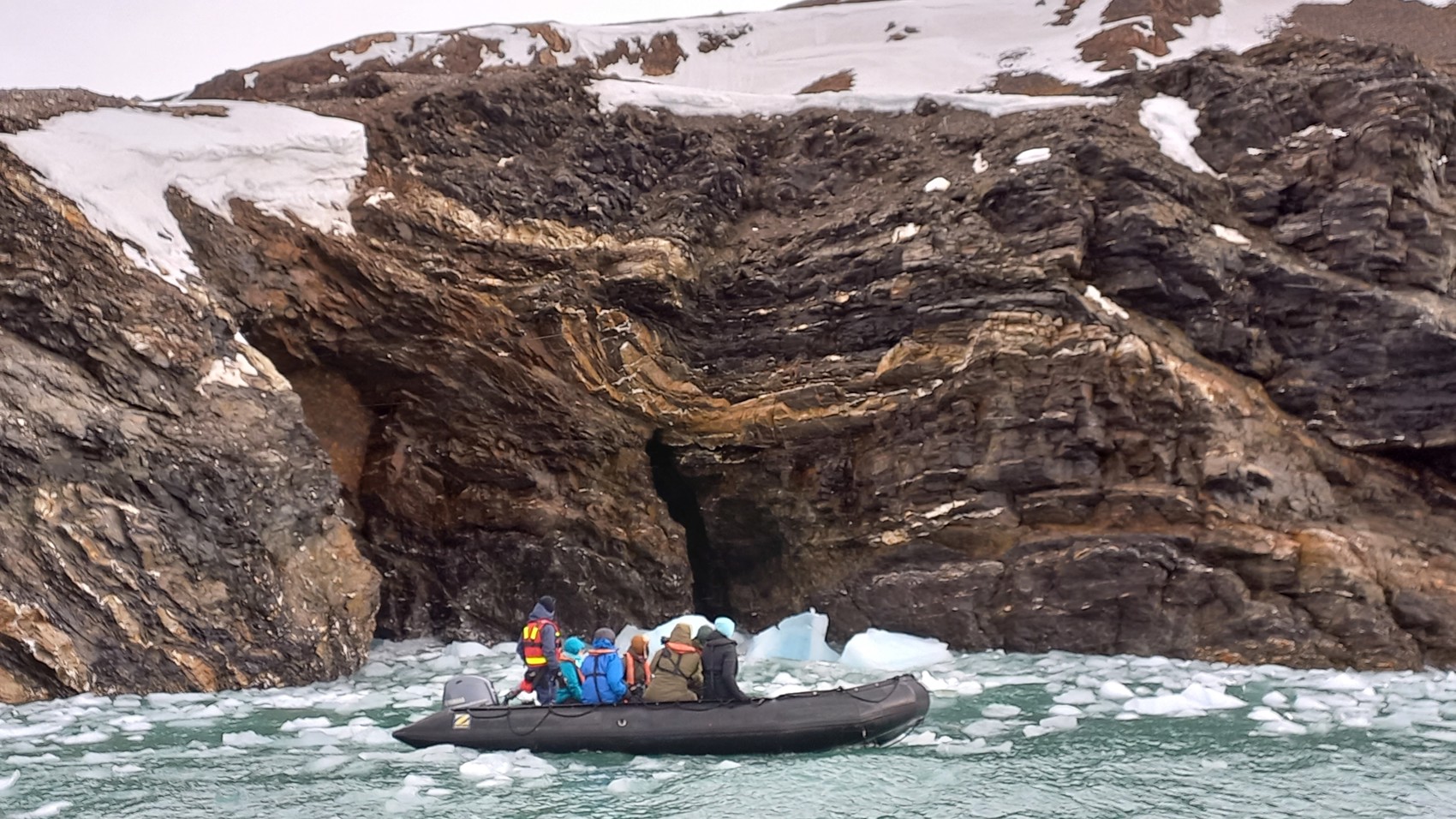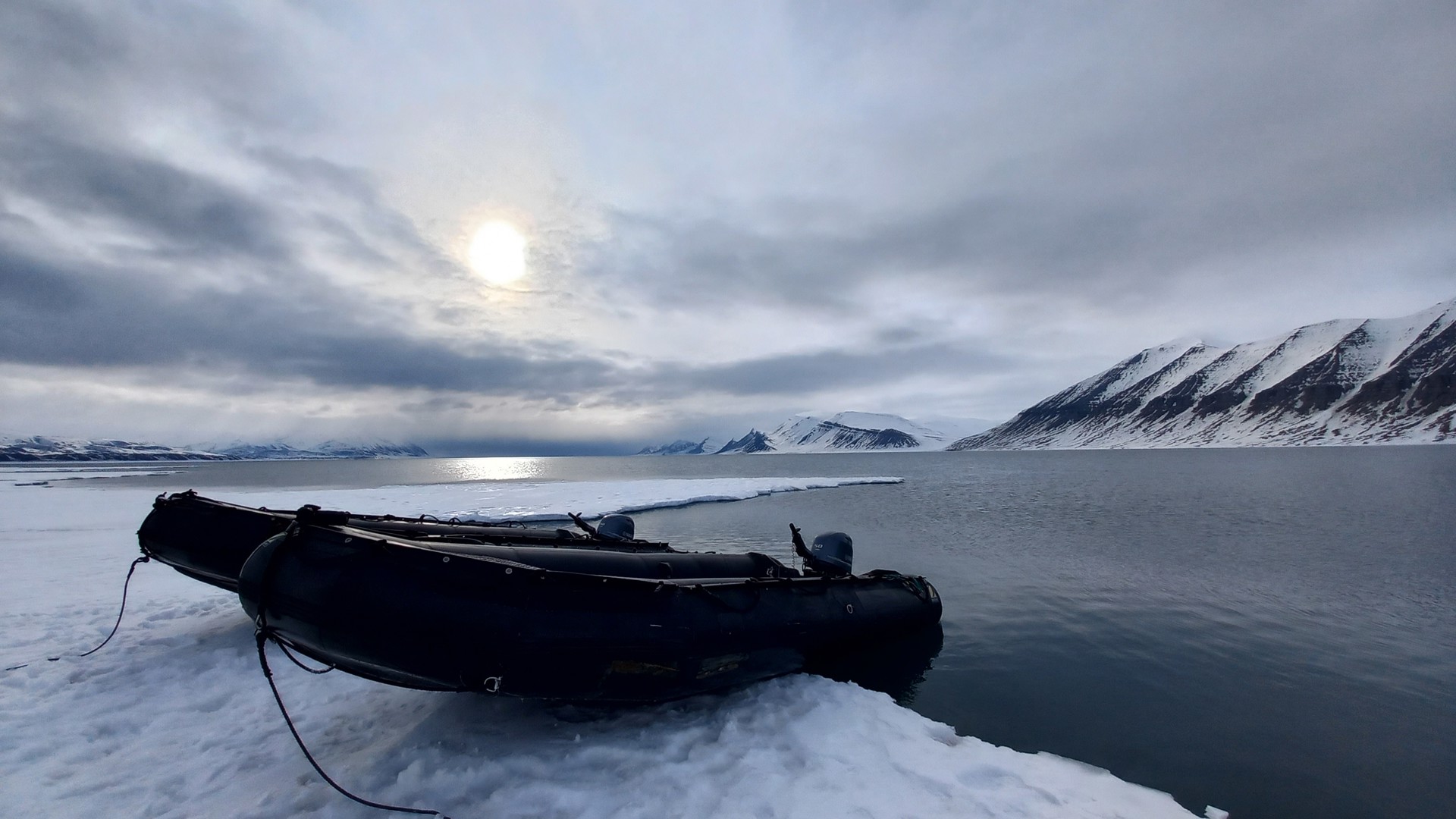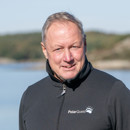PolarQuest's Operations Manager recently guided on one of our Svalbard expeditions with M/S Sjøveien. Enjoy a short film clip from a beautiful Zodiac cruise!
I love our Zodiacs. They are the perfect tools to explore the surroundings. We can quickly deploy them from the ship and then explore the bay where we are anchored. Zodiacs are shallow-drafted and can easily be pulled up on the shore or an ice floe. The engines run silent and we are often sneaking around at a slow pace. We enjoy the unique wildlife without disturbance. Sometimes we shut off the engines and just drift with the wind and currents.


Please note: Depending on the lens used for a photo or video shot an animal may appear to be closer than it is. We always follow strict wildlife guidelines to ensure that we do not cause any disturbance.


